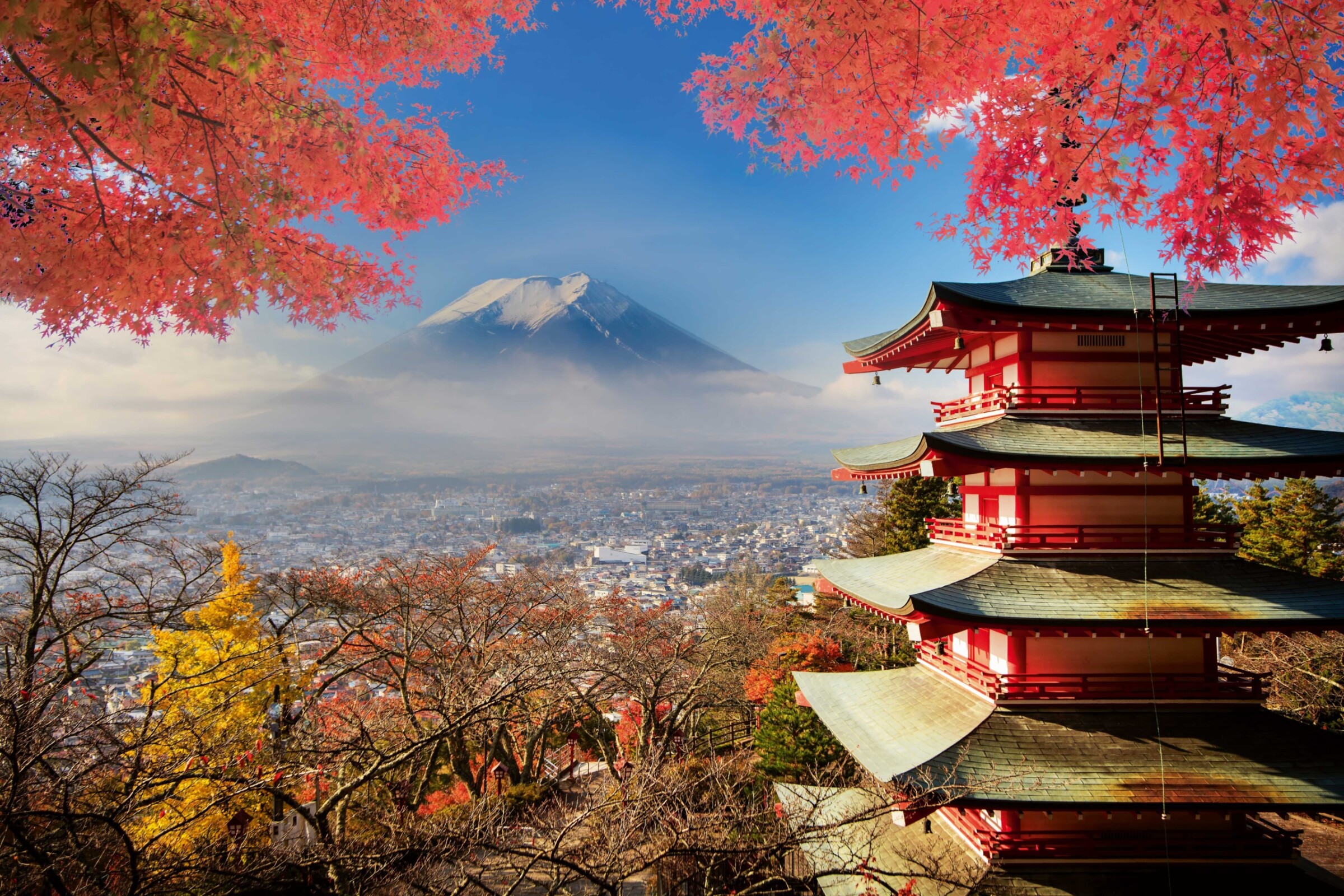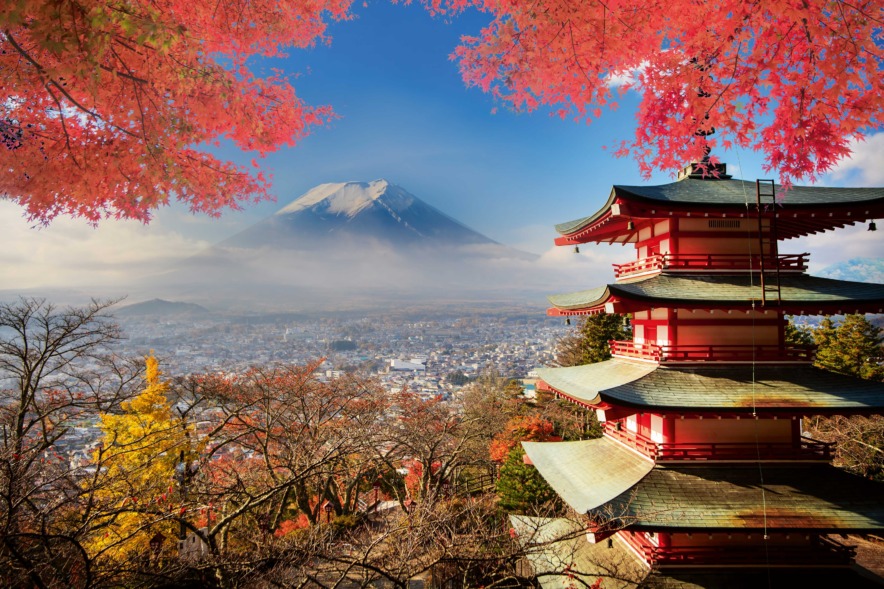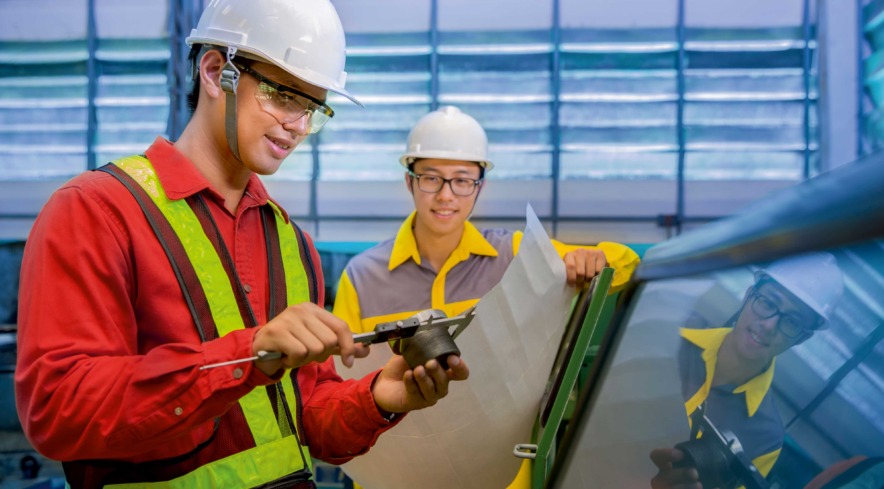
The kaizen philosophy from Japan is applied at work and in all other areas of life. The term means literally change (“kai”) for the better (“zen”).

Kaizen – a tradition for the future.
Continuous improvement due to constant change.
Kaizen is a continuous process that never ends. What is meant is continuous improvement due to constant change. It is particularly important that innovations are introduced gradually so that they remain manageable. So it is not a question of radical breaks and doing everything differently from one day to the next. Instead, it is a slow, controlled process in which everyone involved engages in repeated questioning, checking, trying-out and adaptation.
The kaizen principle has brought success to many Japanese companies. This applies as much to Mitsubishi Electric as to leading vehicle manufacturers. The goal is to optimise all products and work steps until they are so good that they can be defined as benchmarks. By adopting kaizen, companies aim to safeguard and enhance quality, cut costs and ensure efficient work procedures. Any waste (or “muda” in Japanese), such as due to overproduction or the production of defective products, is to be prevented if possible.
In kaizen, the emphasis is not on the final result, but on the process. Obviously, Japanese companies are interested in making bigger profits. And this is achieved with satisfied customers. It is a question of attracting them in the long term with compelling products and services – a goal that’s worth investing in. Because constantly chasing after new customers is much harder work and costlier than upholding outstanding quality to keep existing customers. According to kaizen, this is only possible with change and on-going development. All employees are involved and encouraged to make their own suggestions for improvement. Criticism is seen as something positive and enriching and is therefore explicitly requested.
Kaizen is a cycle in which there is no standstill. In practice, this means that changes are first discussed and planned before being implemented. Then they are critically analysed and adjusted if necessary until the product or process is perfected. Then the next modification is initiated. Superiors and subordinates are constantly analysing the status quo and are thus on the lookout for possible improvements. There’s no doubt that this results in a high standard of quality. Because it is almost always possible to find something worthy of improvement. There’s probably not a single business in the world with nothing but smooth-running processes.

The kaizen philosophy of work is applied in many industrial enterprises.
A variety of methods and checklists are used as an aid to the implementation of the kaizen principles. For instance, the 7W checklist used as a control: What is to be done? Who has to do it? Why do it? How? When? Where? Why this way? Other lists and rules help to organise the workplace or prevent waste. With the aid of these methods, it is possible to meet the exalted goal of constant quality improvement. This does not mean that working to kaizen principles doesn’t cause problems. But mistakes are not seen as something inherently bad, but as something to learn from.
Securing and boosting quality and cutting costs.
Effective implementation also entails that everyone throughout the company hierarchy actively participates and looks for shortcomings. If everyone makes an earnest effort and pursues the same shared goal, minor changes will yield a good deal of progress in the long term. Change is always effected in small steps and is thus practicable. Mitsubishi Electric also aims for gradual improvement, a tradition going back to the Sixties. The 38 machine generations that Mitsubishi Electric has since brought onto the market are the outcome of just this procedure. It is precisely in dealing with machines and equipment that kaizen makes a good deal of sense. After all, users want the machine to operate flawlessly and yield immaculate products. Consequently, it is important to check all the relevant factors, such as machines and work processes, at regular intervals and propose improvements. Only then will the best-possible results be achieved.

The Japanese mentality values courtesy and respect.
The strategy of continuous change for the better benefits customers and thus ultimately the entire company. Customers notice the improvements and appreciate them. Companies that do all they can to optimise their products and services and strive for perfection in all areas will set themselves apart from the competition in the long term and achieve lasting success. Changes undertaken in the present represent a worthwhile investment in the business’s future.
Fields marked with a * are mandatory.
Mitsubishi Electric Europe B.V.
German Branch
Mitsubishi-Electric-Platz 1
D - 40882 Ratingen
Sales
Tel.: +49 (0)2102 / 486 - 6120
edm.sales@meg.mee.com
Service
Tel.: +49 (0)2102 / 486 - 7600
edm.hotline@meg.mee.com
Applications
Tel.: +49 (0)2102 / 486 - 7700
edm.applikation@meg.mee.com
Spareparts
Tel.: +49 (0)2102 / 486 - 7500
edm.parts@meg.mee.com